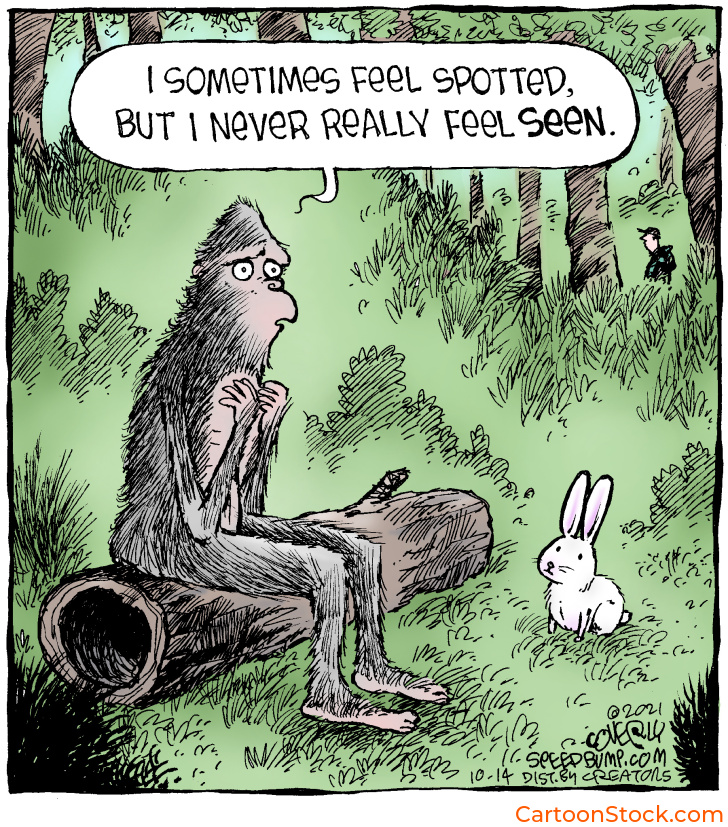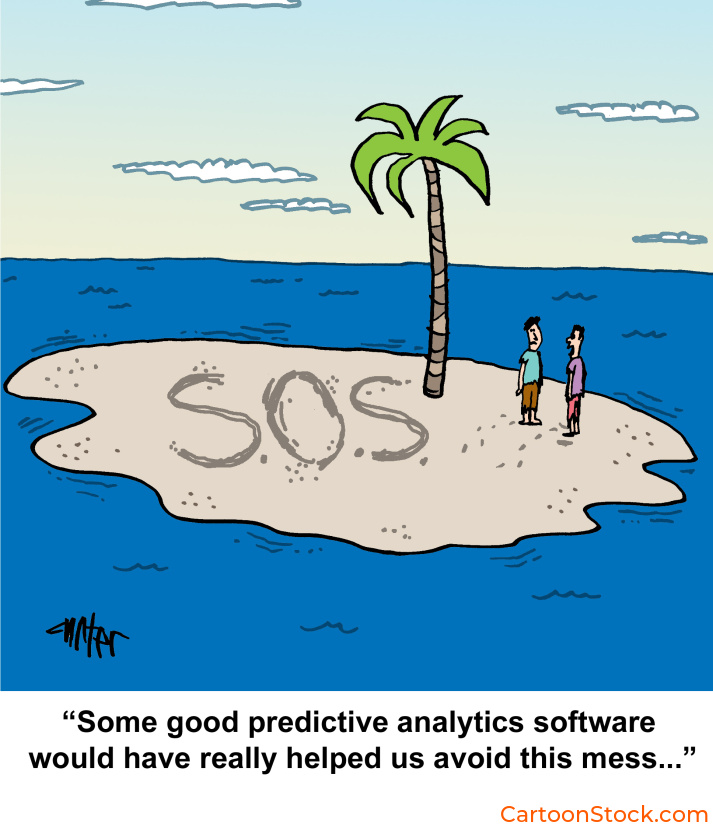Cartoons in tech marketing are no longer just a novelty. They’re a powerful tool for cutting through complexity, building audience rapport, and helping your brand stand out in an industry saturated with buzzwords and bullet points.
But for every cartoon that hits the mark, there’s another that falls flat—or worse, undermines the message entirely. So how do you know what works and what doesn’t?
This post breaks down the common pitfalls and winning strategies when using cartoons in tech marketing, so you can avoid the cringe and capitalize on the connection.
See more with our guide How to humanize and supercharge your tech content using cartoons
What Works: When Cartoons Supercharge Your Message
1. Focus on the Problem, Not the Product
The most effective cartoons highlight a recognizable challenge or scenario, not a feature list. They tap into what your audience is actually dealing with: too many tools, too much noise, or not enough clarity.
What works: Cartoons that depict common frustrations or challenges in the tech space help humanize your message and make your audience feel seen.
What doesn’t: Turning the cartoon into a mini product demo. That’s not humor—it’s marketing dressed up with a caption.
2. Gently Skewer Industry Jargon
Cartoons in tech marketing thrive when they reflect the language of the industry—but with a wink. Playing with jargon lets you show you’re in on the joke without alienating newcomers.
What works: A cartoon that playfully critiques overused terms or meaningless buzzwords can instantly build rapport with savvy audiences.
What doesn’t: Cartoons that double down on the jargon or rely on niche references that only your internal team will understand.
3. Visual Metaphors Make the Abstract Concrete
If your product or service is invisible—like an API, security feature, or analytics platform—cartoons give you a chance to visualize the concept without relying on uninspired stock imagery.
What works: Using metaphor to make abstract ideas tangible, like comparing cloud migration to actual moving boxes, or depicting a firewall as a literal wall.
What doesn’t: Getting too literal or convoluted. If the cartoon needs a paragraph of explanation, it’s not doing its job.
What Doesn’t Work: Common Cartoon Marketing Mistakes
1. Confusing Humor That Excludes or Overcomplicates
Technical humor is a minefield. If the joke is too obscure or pokes fun at your audience rather than with them, you risk alienating the very people you’re trying to engage.
What to avoid:
-
Humor based on insider-only knowledge
-
References that require a background in niche tools or systems
-
Cartoons that trivialize real frustrations or challenges
2. Tone Mismatch With Your Brand
Just because a cartoon is funny doesn’t mean it’s right for you. Consistency matters. A witty cartoon in an otherwise formal white paper might feel out of place, confusing your audience instead of engaging them.
What works: Choosing cartoons that reflect your existing tone—whether that’s clever, dry, upbeat, or candid.
What doesn’t: Swerving into snark, slapstick, or irony if that’s not part of your usual voice.
3. Treating Cartoons as Decoration Instead of Content
When used well, cartoons are not just visual flair, they’re communication tools. Dropping a cartoon into a slide deck without context won’t move the needle. The best results come when the cartoon is integrated into the broader message.
What works: Intentional use of cartoons to reinforce your narrative across multiple assets: blog posts, presentations, email headers, and social media.
What doesn’t: Adding a cartoon just because you need “something visual.”
Q&A: Cartoons in Tech Marketing
Q: Do cartoons work in B2B tech marketing?
A: Yes. In fact, cartoons can be especially effective in B2B because they stand out in typically dry or overly complex environments, making your message more engaging and digestible.
Q: Are cartoons too casual for serious tech content?
A: Not if used thoughtfully. A well-placed cartoon can add levity without undermining credibility. The key is tone and relevance.
Q: Should I use a licensed cartoon or commission something original?
A: That depends on your needs. Licensing is faster and cost-effective for most campaigns. Commissioning a custom cartoon is ideal for brand-specific messages or when you want a unique voice or visual identity.
Q: Can cartoons hurt my brand’s authority?
A: Only if they’re off-brand or irrelevant. Cartoons that reflect your audience’s experience or pain points tend to enhance authority by showing empathy and insight—not diminish it.
Keep Reading
Next Step: Best tech cartoons and how to use them



